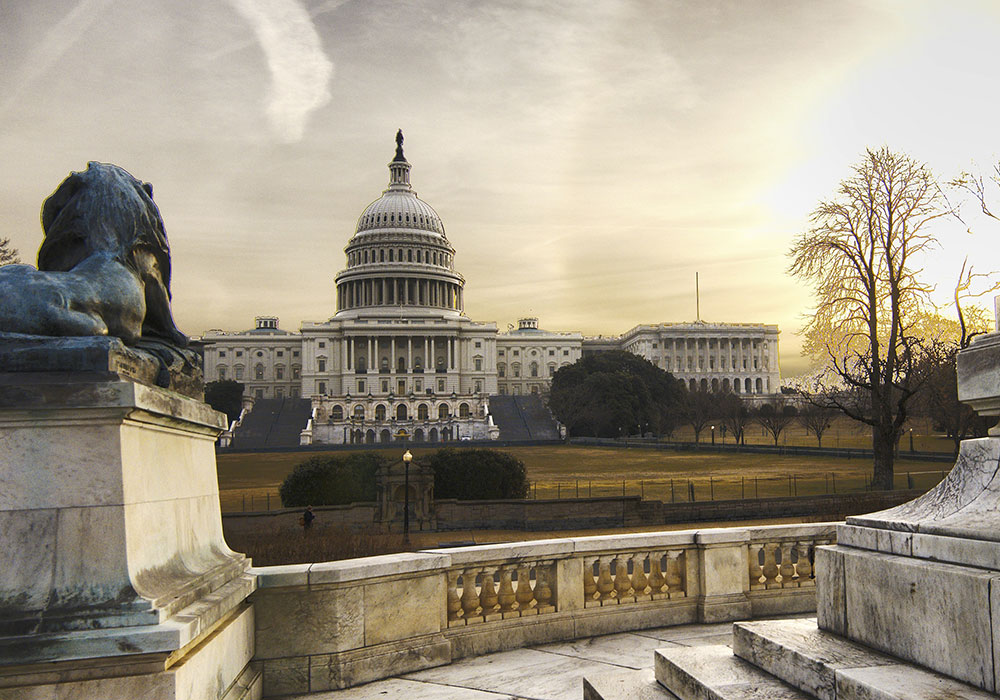“The right of citizens of the United States to vote shall not be denied or abridged by the United States or by any state on account of sex.”
The revolutionary declaration written 244 years ago, proclaiming that “all men are created equal,” maintains that a true democracy must be based on an individual’s right to vote and the freedom to exercise that power at the ballot box. Since 1998, women voters have embodied that concept, achieving a majority vote with higher rates than men. Of registered women voters, 55% went to the polls in 2018, compared to only 51% of registered men. Yet today women account for only 23.2% of the members of the U.S. House of Representatives and 26% of the U.S. Senate.
History of Women’s Fight for a Vote in the United States
In 1848, Elizabeth Cady Stanton proclaimed at the historic Seneca Falls Convention, “It is the duty of the women of this country to secure to themselves their sacred right to the elective franchise.”
Some took exception, saying, “Why, Lizzie, thee will make us ridiculous!”
Despite opposition, the measure passed the assembly, and Cady Stanton reasoned, “I persisted, for I saw clearly that the power to make laws was the right through which all other rights could be secured.” Nevertheless, the U.S. Congress would not ratify the right for women to vote for several decades.
In 1868, the U.S. Congress ratified the 14th amendment to the Constitution. In part, it reads:
“All persons born or naturalized in the United States, and subject to the jurisdiction thereof, are citizens of the United States and of the State wherein they reside. No State shall make or enforce any law which shall abridge the privileges or immunities of citizens of the United States.”
Yet women were still legally barred from voting, and in 1872, one leader in the abolition and temperance movements also became a pivotal advocate for women’s suffrage. Susan B. Anthony dared to cast a ballot in that year’s presidential election. To her surprise, her ballot was accepted at the polling station. But two weeks later, she was arrested for breaking campaign laws and fined a steep $100. On August 18, 2020, President Trump finally gave Anthony a posthumous full pardon.
Subsequently, in the 1874 Supreme Court case Minor v. Happersett, the court ruled against Missouri resident Virginia Minor, who sued the local registrar of voters, Reese Happersett, for denying her right to vote in the presidential election because she was not a man, an explicit qualification. The Supreme Court ruled that neither the U.S. Constitution nor the 14th amendment granted the right to vote to anyone specifically and that only the U.S. Congress could expand that law. The ruling upheld the verdict barring women from voting.
The Supreme Court defined the crux of the case in its ruling:
“Being unanimously of the opinion that the Constitution of the United States does not confer the right of suffrage upon any one, and that the constitutions and laws of the several States which commit that important trust to men alone are not necessarily void, we affirm the judgment.”
Anthony pressed for the cause all her life. In 1905, the 86-year-old met with President Theodore Roosevelt and made the case for the nation’s need of a constitutional amendment granting women full suffrage.
It Started With Success in the States
After meeting repeated failures, the women’s suffrage movement changed tactics and began to seek victories in state legislatures. In 1870, the territory of Wyoming gave women the right to vote. Twenty years later, when it was granted statehood with the provision that it must revoke that license, Wyoming replied, “We will remain out of the Union one hundred years rather than come in without the women.” Wyoming formally became the 44th state of the union that year.
By 1900, Utah, Colorado, and Idaho had also granted women the right to vote and other states soon followed. Washington state adopted women’s suffrage in 1910 and California in 1911. By the 1912 presidential election, Oregon, Kansas, and Arizona passed similar voting rights laws, and for the first time in politics, a national political party—Teddy Roosevelt’s Bull Moose Party—adopted suffrage as a formal position at its convention. And in 1916, Woodrow Wilson added suffrage to the Democratic Party platform.
Responding to the national trend, the U.S. Congress began drafting legislation in 1919, to enact women’s suffrage. Even so, amending the Constitution requires two-thirds of the state legislatures to pass similar legislation, which didn’t occur until 1920 when Tennessee passed a law during a tie-breaking vote by 24-year-old State Representative Harry Burn. He switched in favor of ratification after a letter from his mother said to “be a good boy” while he considered this important issue.
The 19th amendment stands out as the single largest extension of voting rights in U.S. history and was achieved peaceably through the democratic process.
Honor These Courageous Women—and Men—With Your Vote
Regardless of political ideology or party affiliation, ONS encourages its membership to vote. Earning the right for women to vote was a hard-won battle, and as in so many aspects of advocacy, getting a seat at the table is only the first step. By now, these seats have been warmed for a full century, thanks to the historic courage and sacrifice of women and men alike who blazed the trail for us today. In the year marking the 100th anniversary of the women’s suffrage movement, exercise your privileges and immunities at the polls this November and vote to honor those who stood up, spoke up, and showed up.






